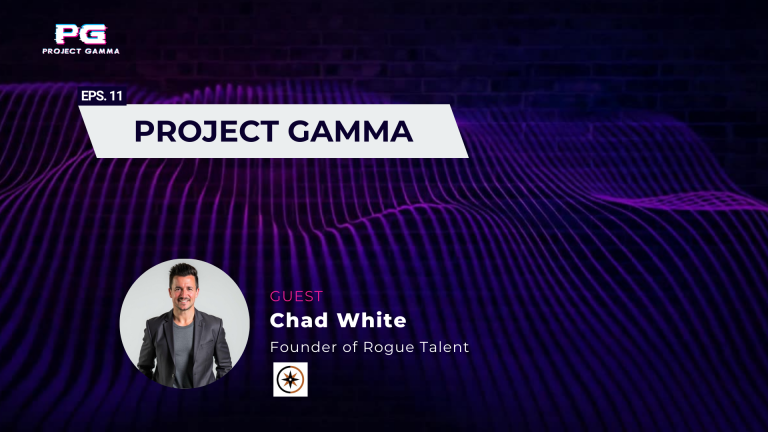Security as we know it needs to be reevaluated. The threat landscape we are facing right now is more severe than it has ever been at any point in the past. Unfortunately, however, many team members are not ready yet for the reality, and as a result, they can quickly become the department of NO. Still, if we want to avoid danger in the future, each and every one of us must have a solid comprehension of how important a culture of security is.
One of the most difficult challenges businesses face in the modern era is ensuring their data and most valuable assets are secure. While it appears that traditional security procedures are not working, the time has come to make a change; however, before we can do that, we need to understand better how to get there. Therefore, aligning business and security strategies and putting your security program to work for you is of the utmost importance.
In addition, it is essential to ensure that your team members comprehend the significance of maintaining a security culture that emphasizes the wellbeing of its members—no more department of NO. We should work as one cohesive unit toward shared objectives, which enables both the organization and the employees to improve.
Consequently, it is crucial to determine the appropriate scope for the program and ways to align a security organization to the larger organization as a partner rather than a roadblock.
Watch our on-demand webinar to get informed about the matter further!
Set the scope
First, let’s focus on the scope and answer questions about data and its providers, who is targeting us and why, and how we can reduce our global footprint and protect the most vital information. Further, we can use regulatory requirements to justify our program, but we do not wish to be constrained by them. We should clearly understand our function, actions, and the essence of who we are. For example, if we are to develop software, our application security skills must be exceptional. In other words, we need to give the organization more power.
Create a program
Now that we have based our security strategy on the scope of our highest risk assets, who we are as a business, and applicable regulations, it is time to build our program. For this, a SIEM – or central logging – is something that should almost certainly be implemented, but other tools can also be useful in this context. However, we don’t need the latest and greatest AI and Machine Learning for blockchain security to thwart Advanced Persistent Threats (APT); we simply need to build capabilities rather than buy tools.
No more department of NO: One Team, shared goals
At this point, both our security strategy and our program have been developed. Our organizational structure is set up in a way that will ensure our success, we are in tune with the needs of the company, and we have ensured the data’s safety. Therefore, there will no longer be a department of NO. Instead, people will come to us for assistance, and we will put them in a position to succeed. We will operate as a unified group and a single entity, supporting the company and cooperating to achieve our shared objectives. This is how we win at security!
In conclusion, embracing a culture of security is the only way a company can truly become more secure. There are a lot of companies out there that have security programs, but they don’t have security strategies. Don’t just check the boxes when it comes to your security program; instead, develop a strategy that is aligned with and enables your business.
Would you like to learn more about building a security culture for your organization? Then, you can watch our on-demand webinar, ‘ Building a Culture of Security versus The Department of NO’ here.







